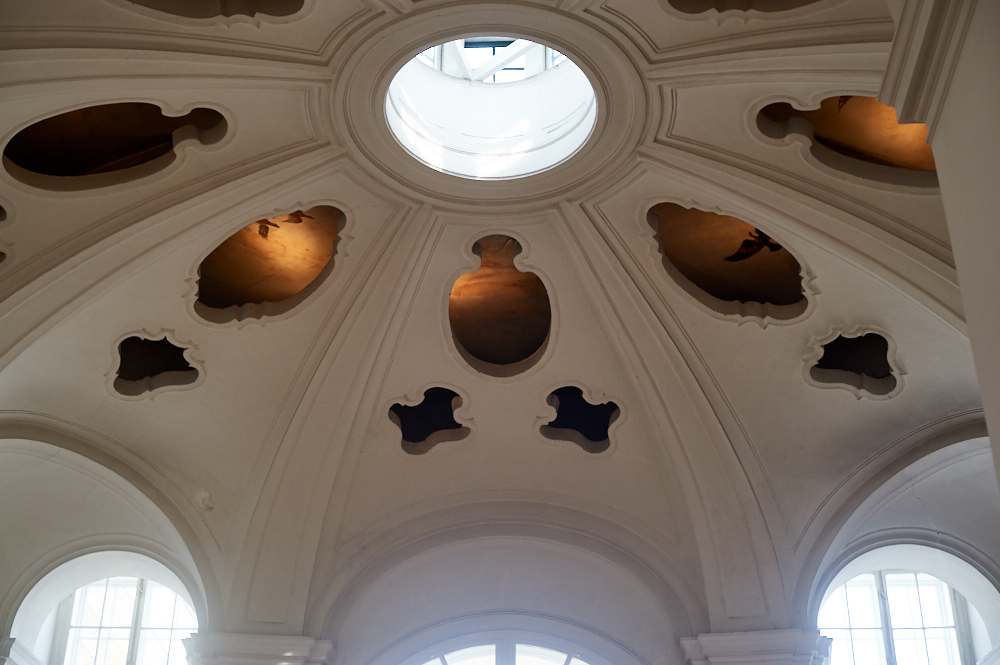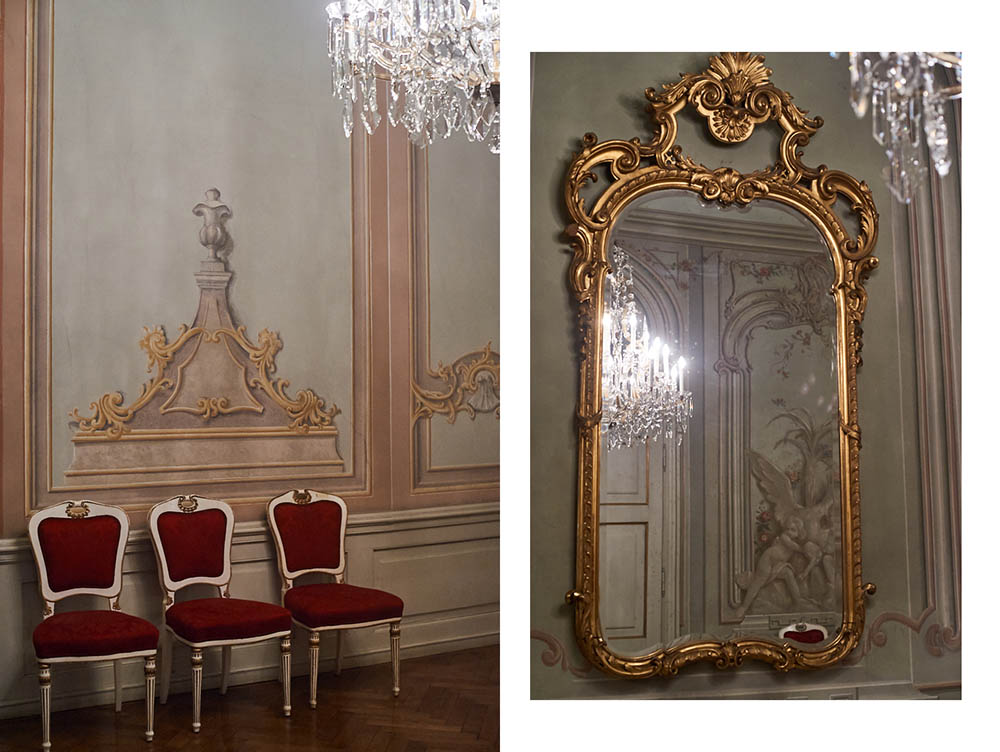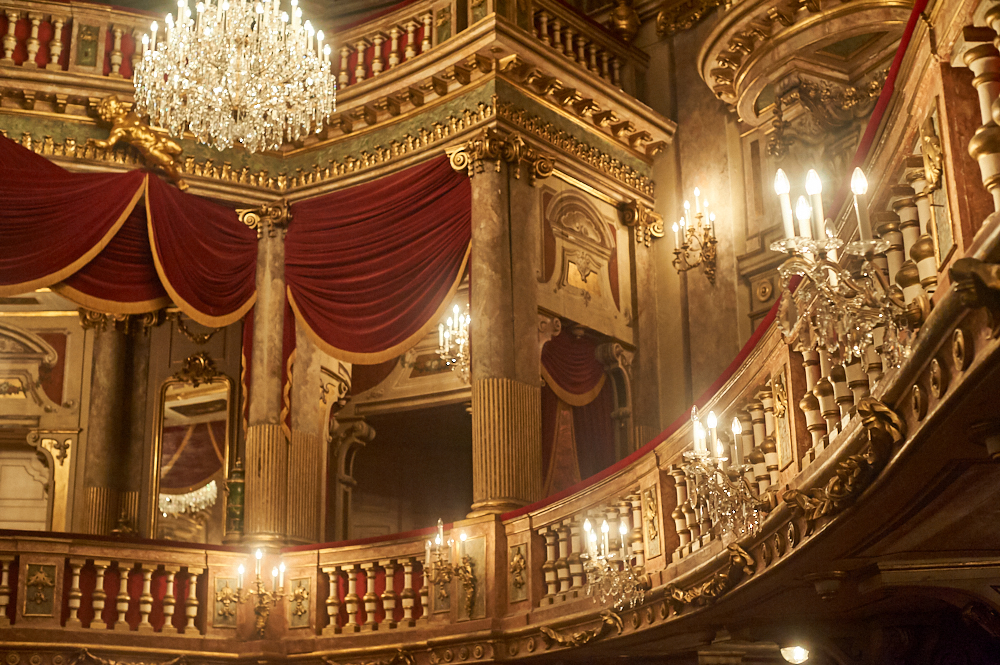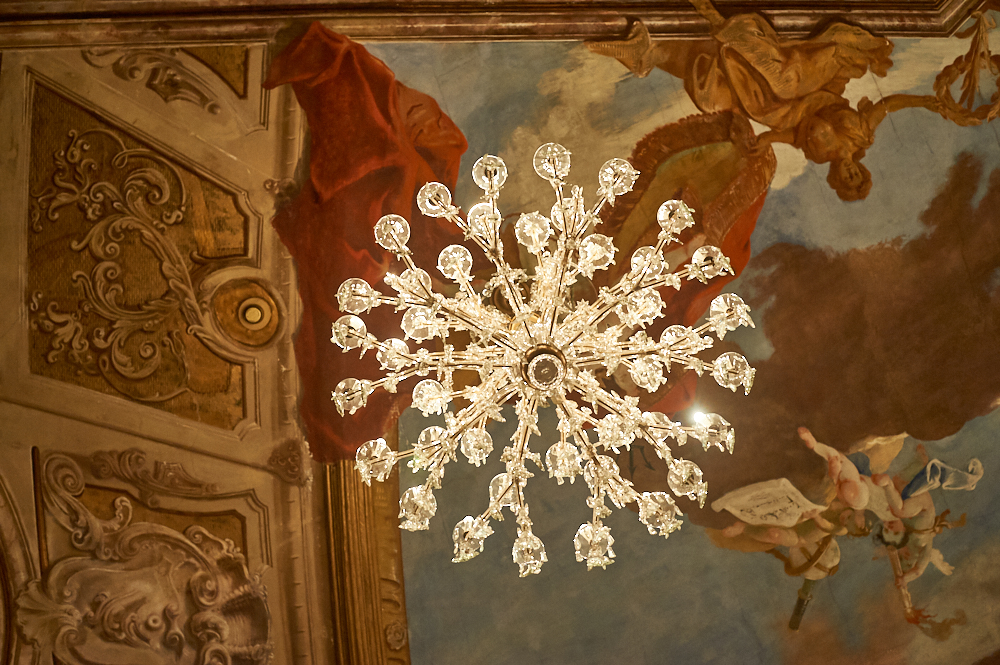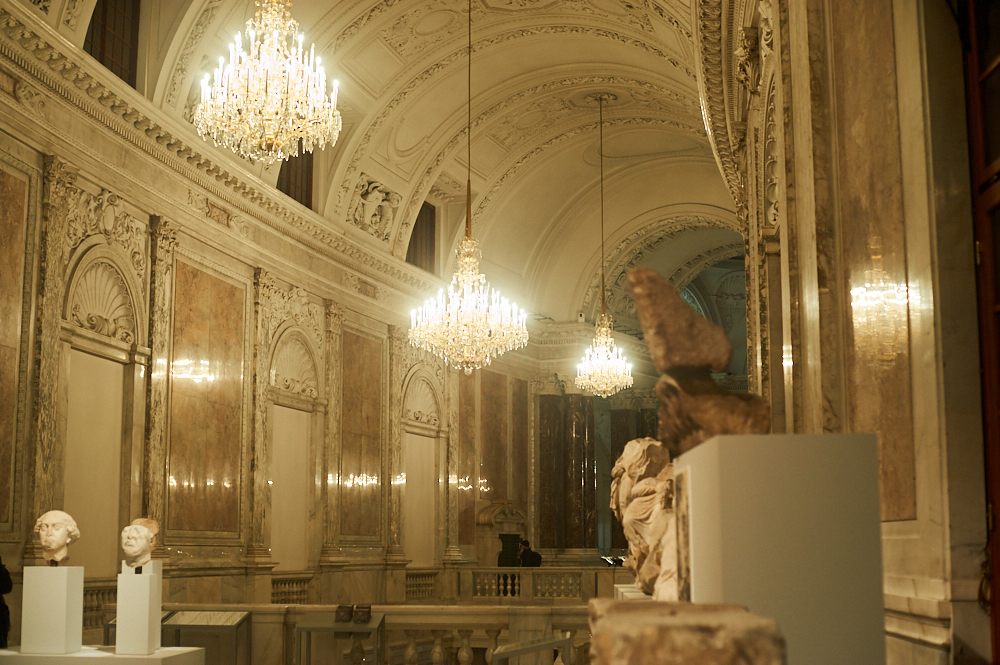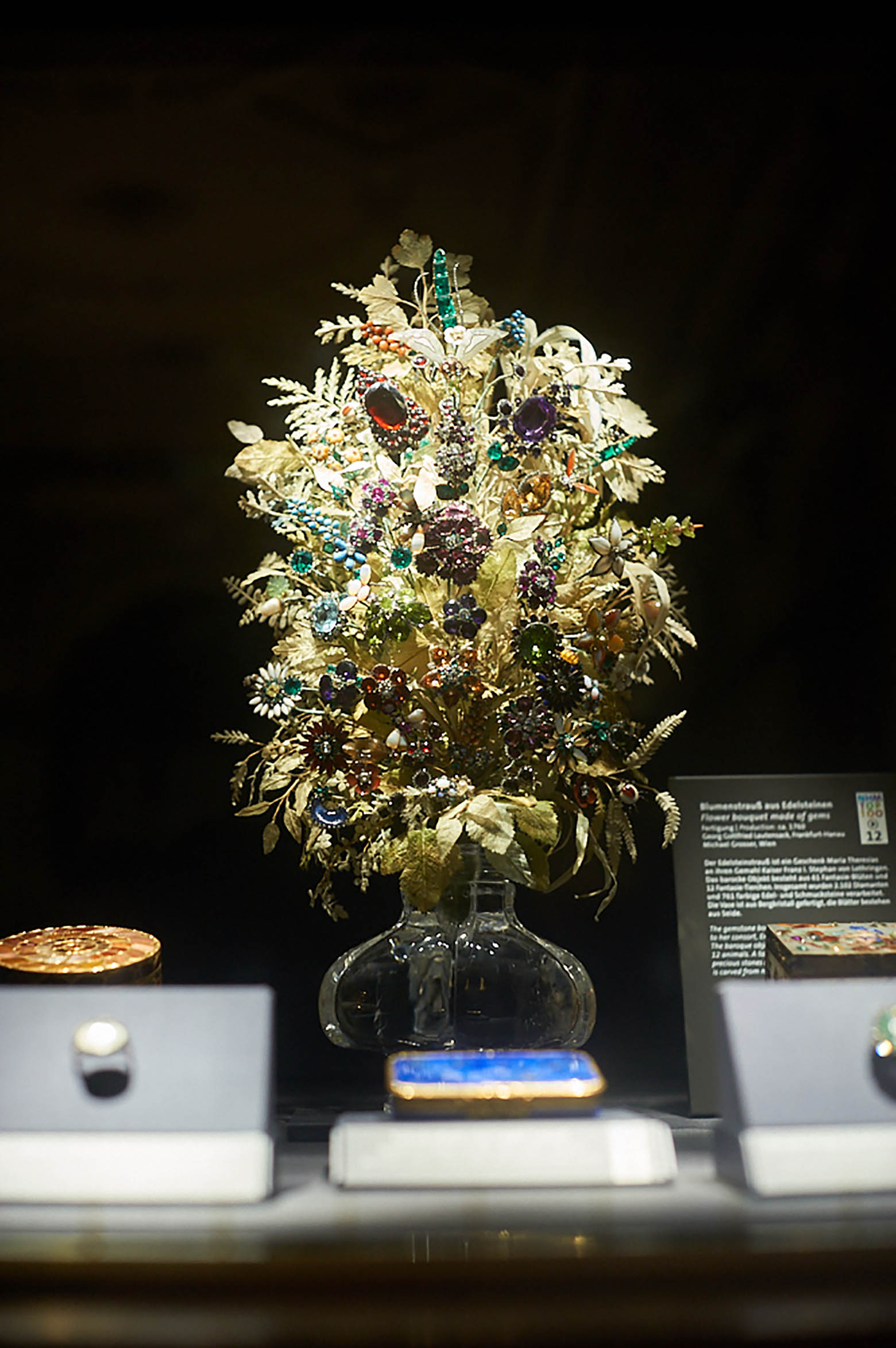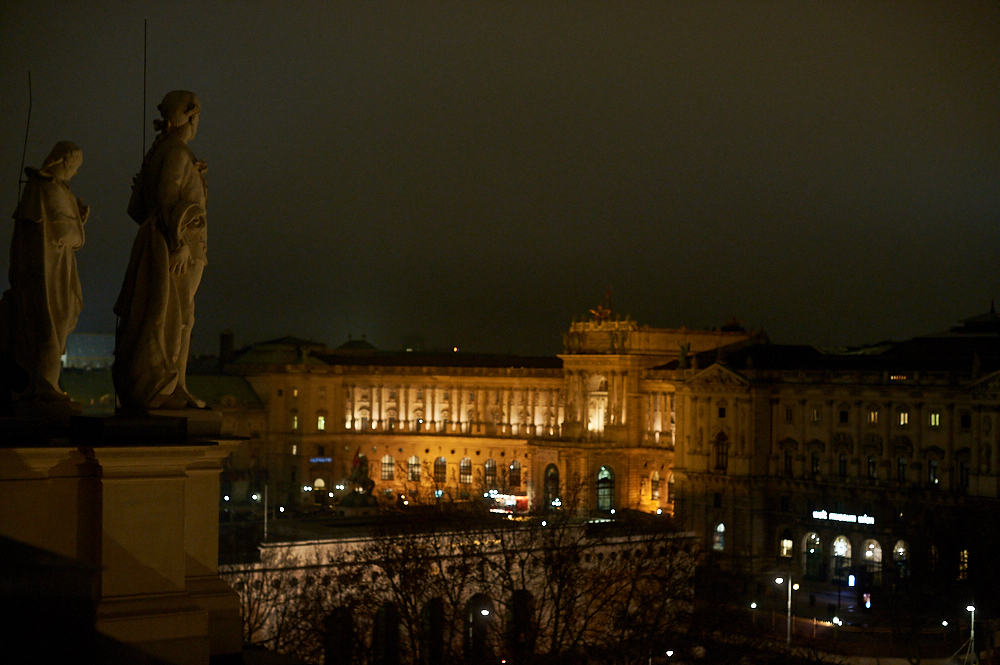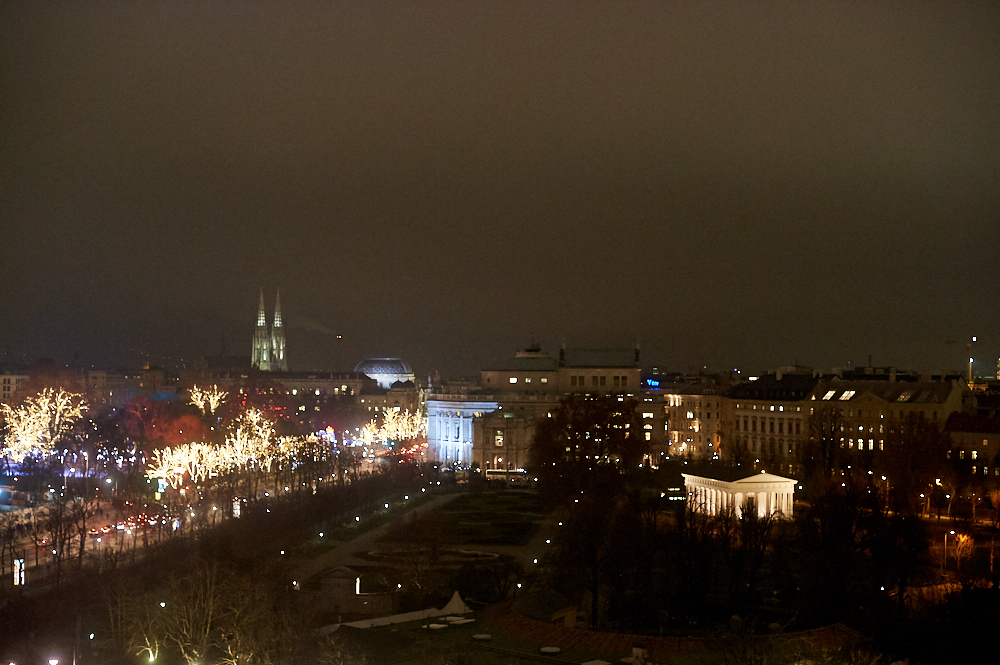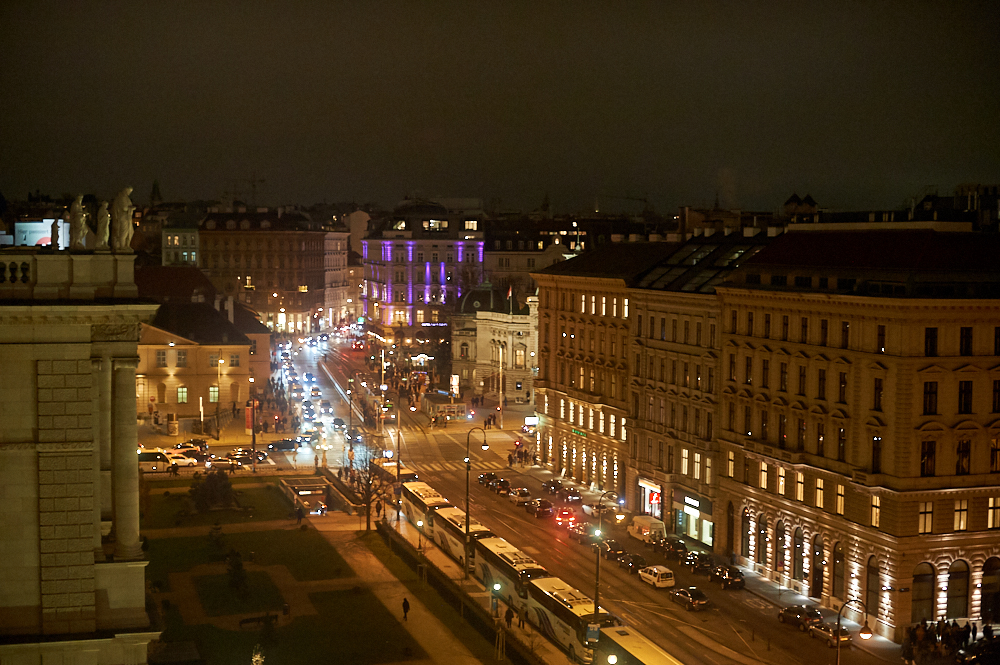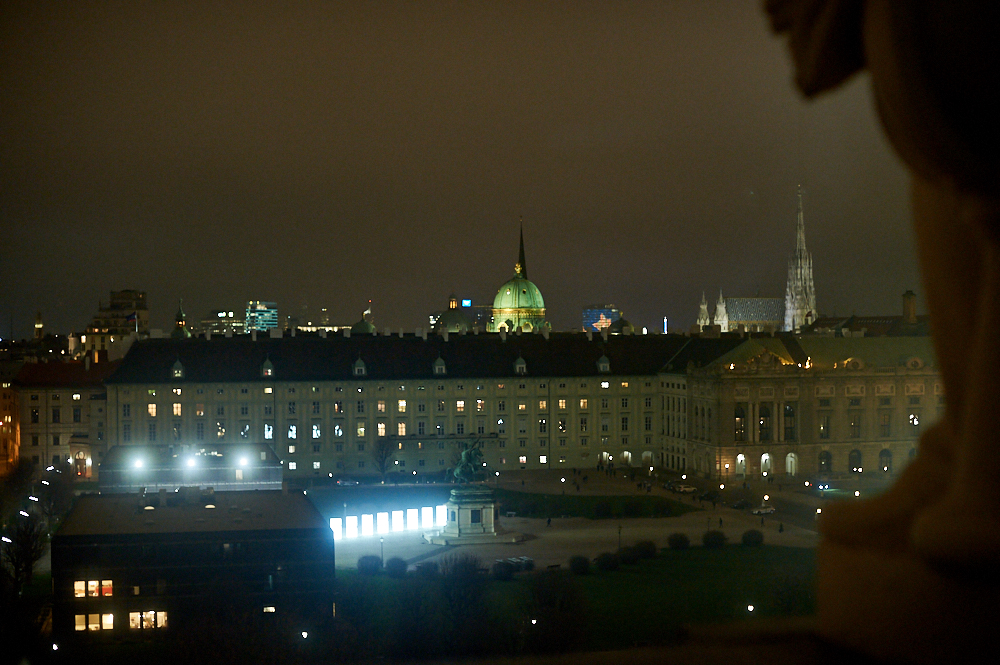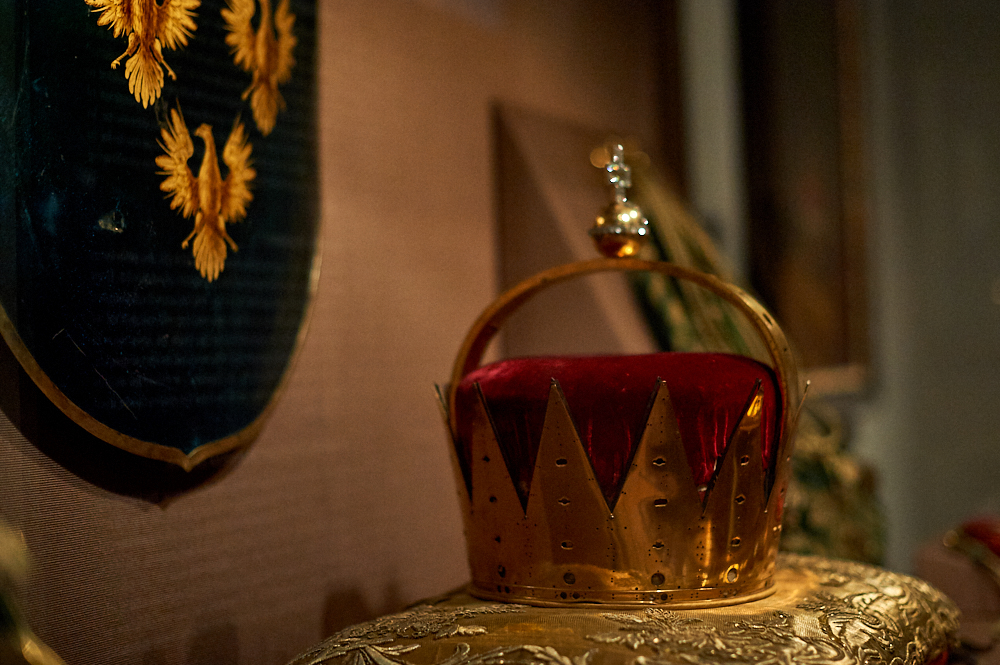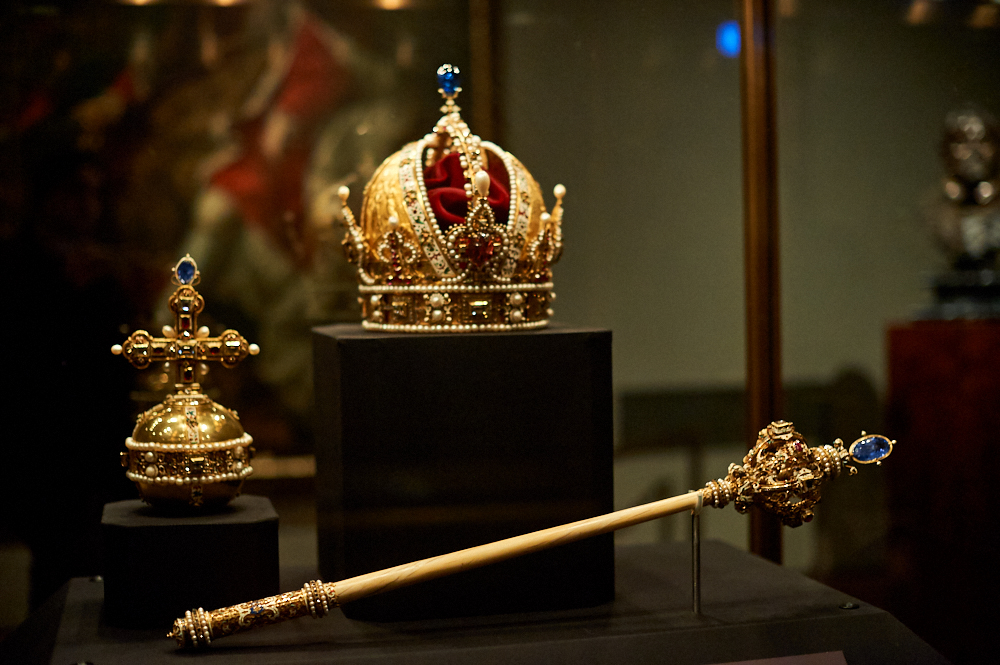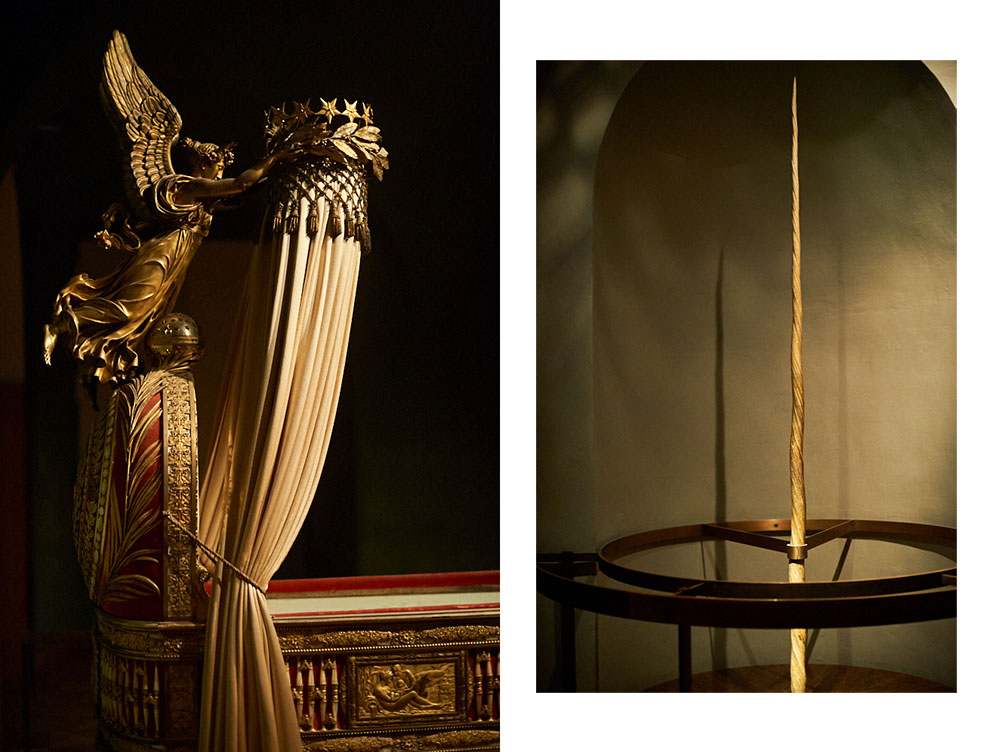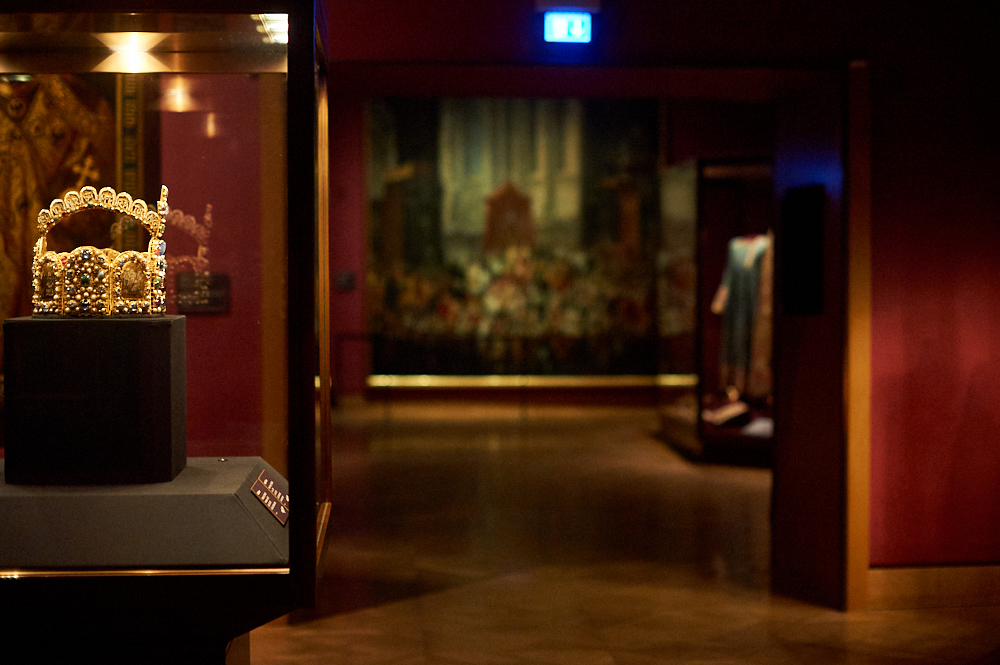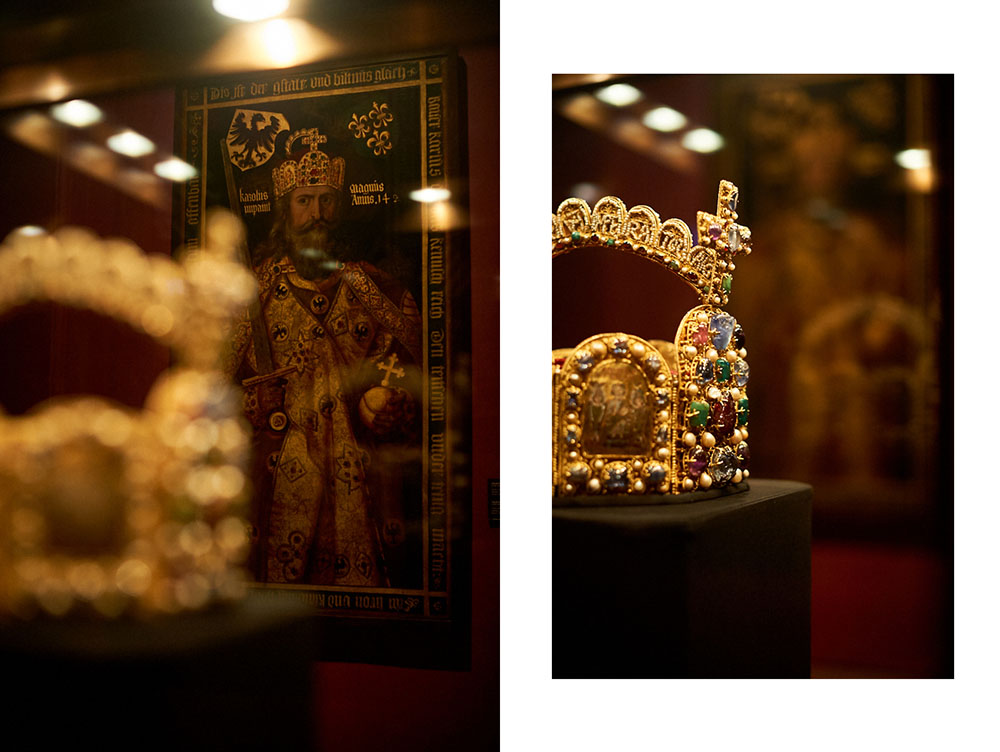Max Reinhardt was a very common name for me during my studies of Theatre Sciences – I can´t remember how many papers I wrote about his productions of “A summer night’s dream”. So when the igersvienna offered a tour around the Palais Cumberland and the Schloßtheater Schönbrunn I took my chance for a little visit.
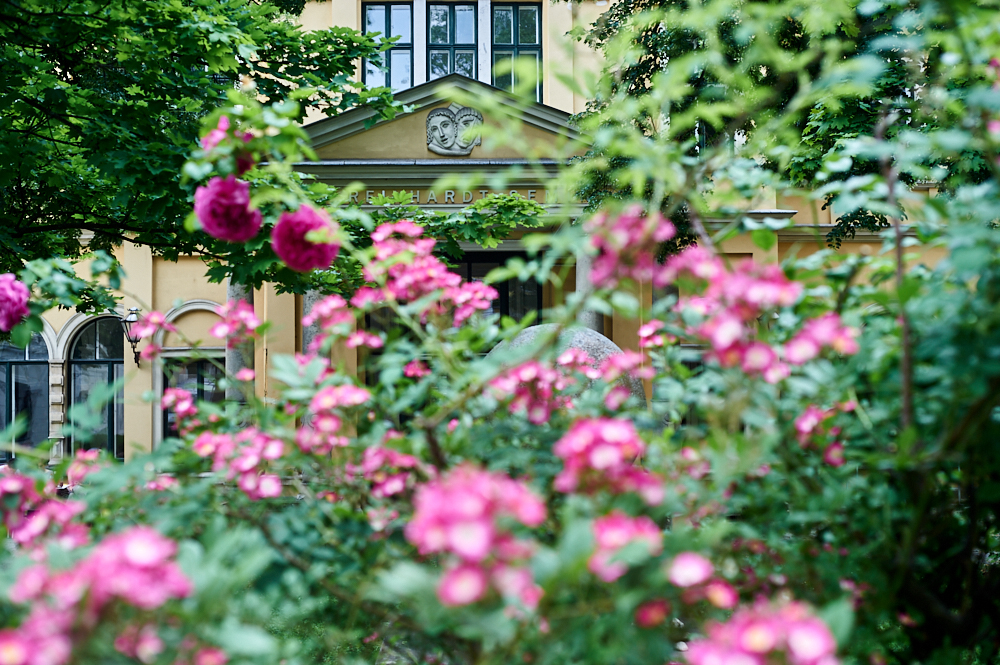
Palais Cumberland
The Max Reinhardt seminar was founded in 1928 when the University of Music and Performing Arts asked Reinhardt to create a drama seminar. Originally based at the Schloßtheater Schönbrunn the school moved to the Palais Cumberland in 1940. The imperial theatre at Schönbrunn Palace is still used to stage the performances of the students.
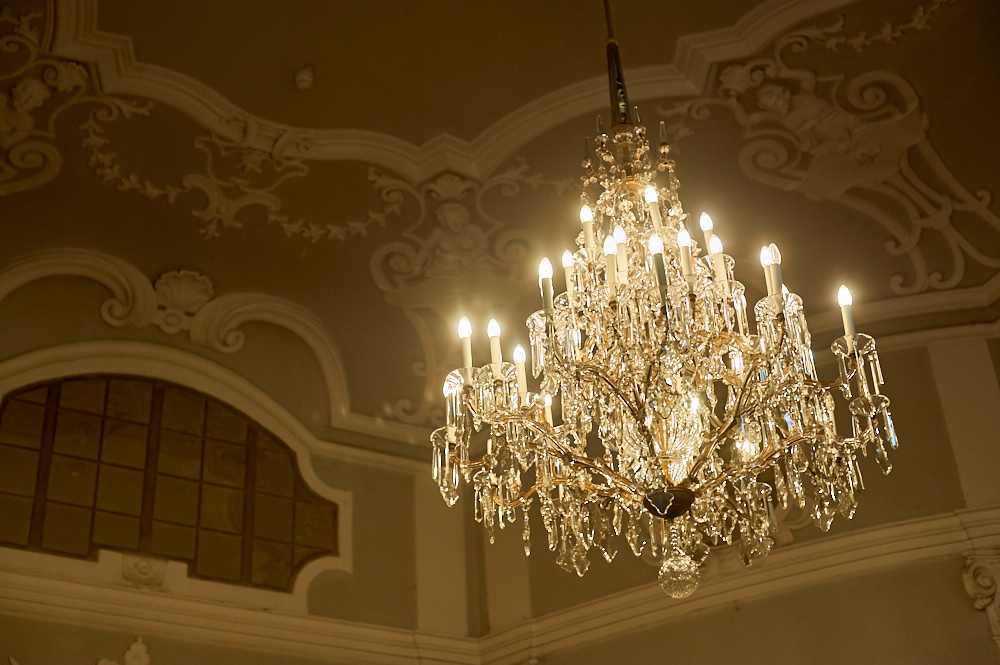
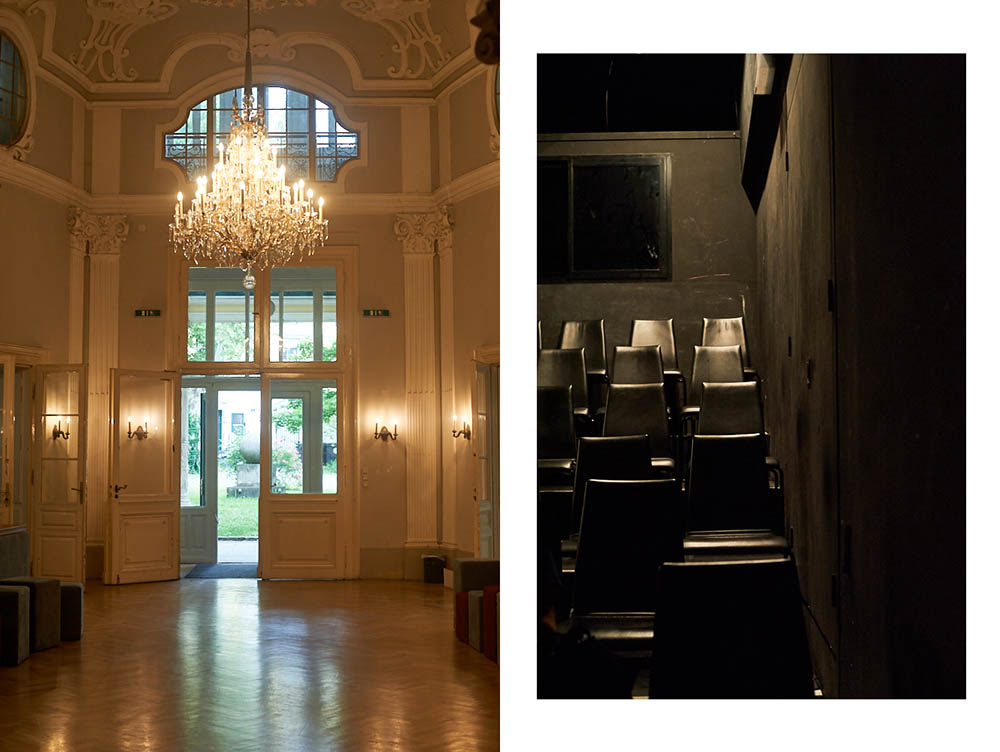
Only a handful of students are accepted into the seminar every year, their journey begins with the auditions at the studio stage.
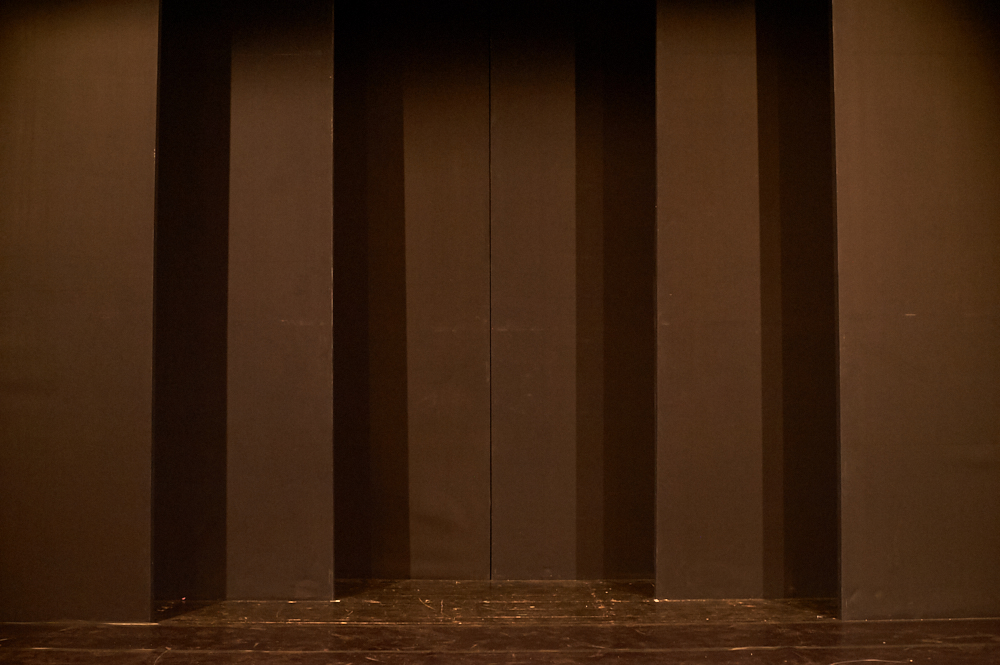
Emanuel Teles da Silva bought the ground of three houses in today’s 15th district had them destroyed and built a palace on one of the grounds, N°9. A few years later Maria Theresia bought the palace and gave it to her brother in law Karl von Lothringen who needed a summer residence close to Schönbrunn Palace. And da Silva built himself a new palace at the N°11.
In 1867 Franz Joseph I bought both palaces and had them combined into one. He gave the new “double palace” to the former king Georg V von Hannover who had fought on Austria’s side against Prussia. From then on the palace was known as Palais Cumberland.
In 1940 the Reinhardt Seminar moved into N°9 and N°11 houses the embassy of the Czech Republic.
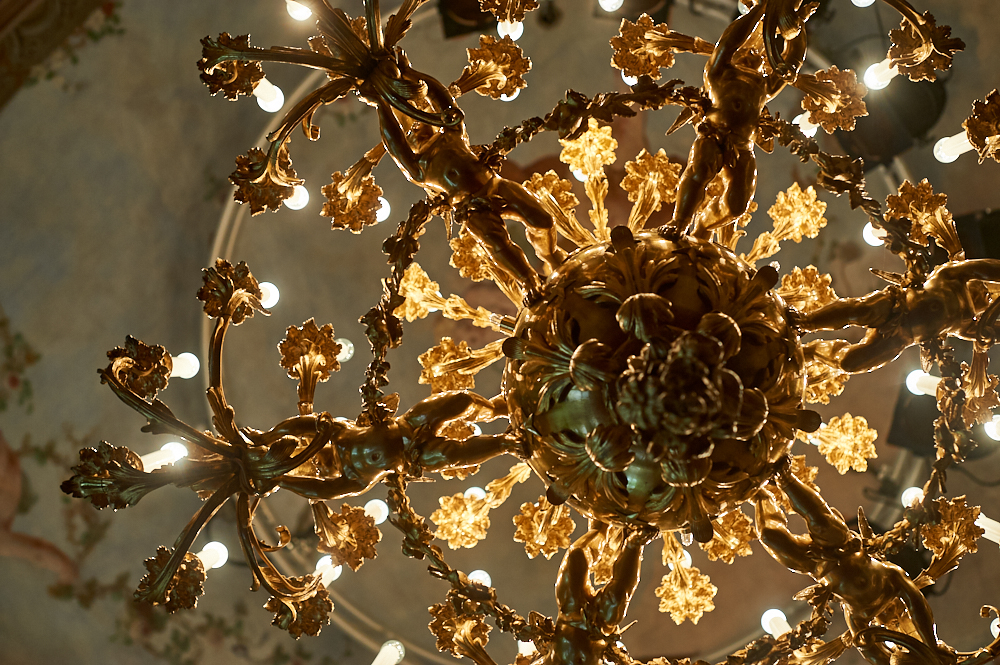
The “Arena” is the only original part left the rest of the two palaces have been rebuilt and renovated often. Today the arena is also used for performances.


Palais Cumberland is surrounded by a huge and stunning garden.
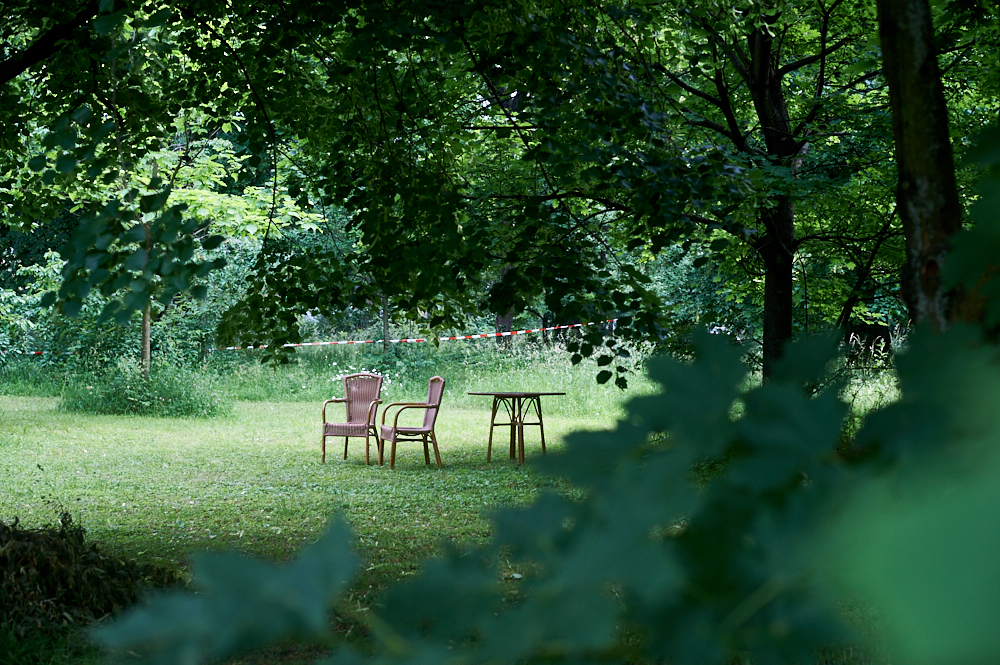
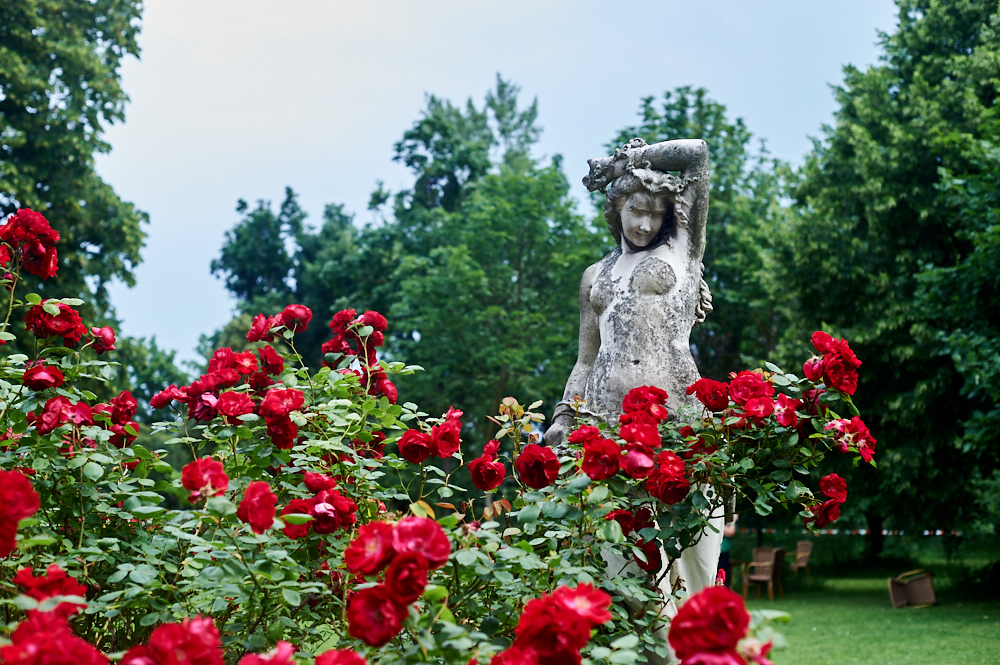
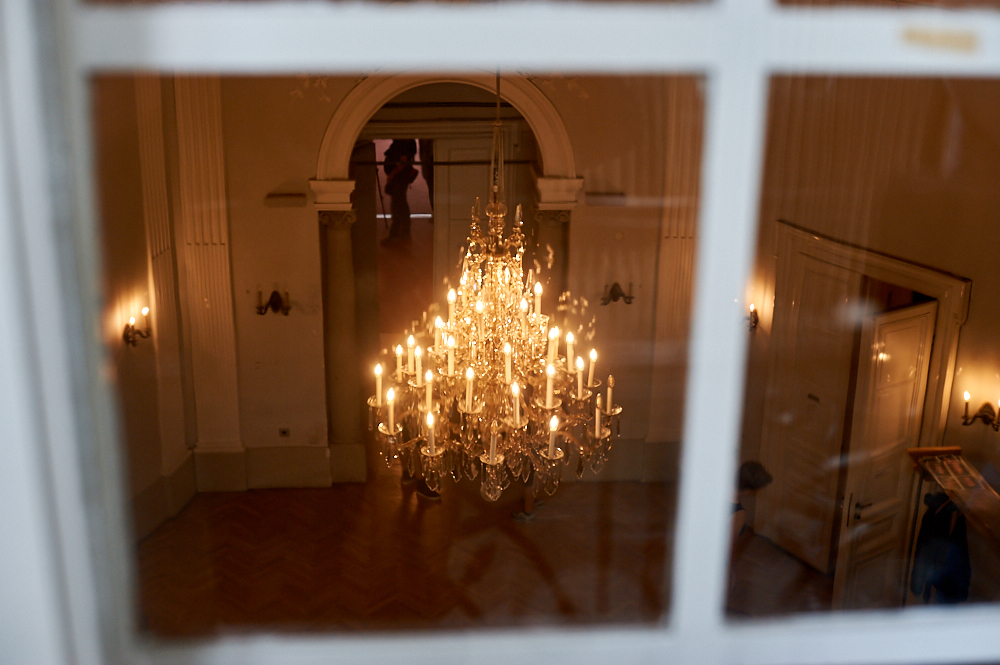
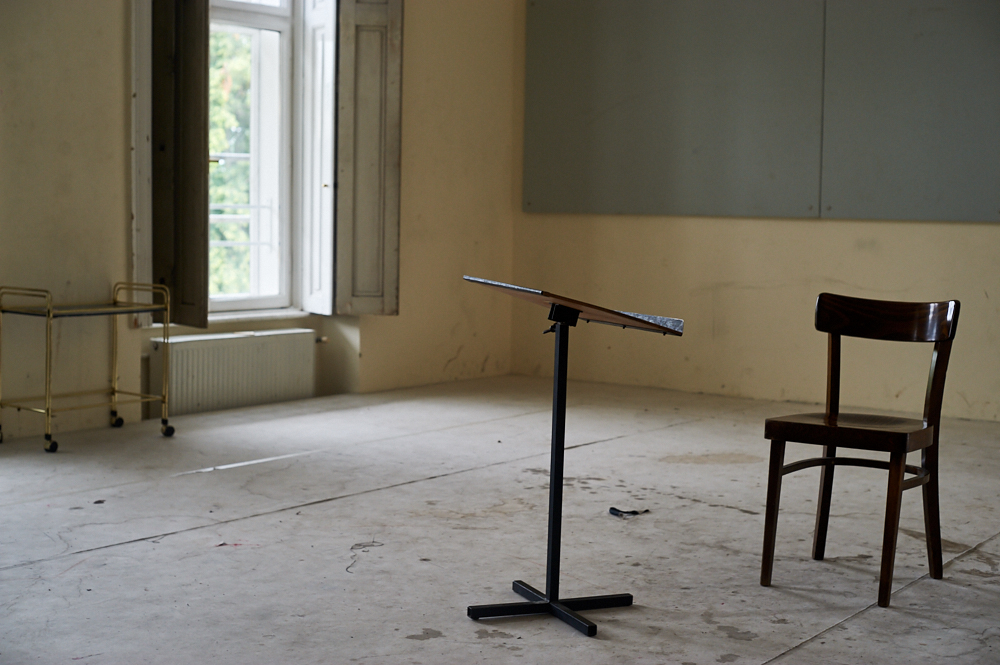
Schloßtheater Schönbrunn
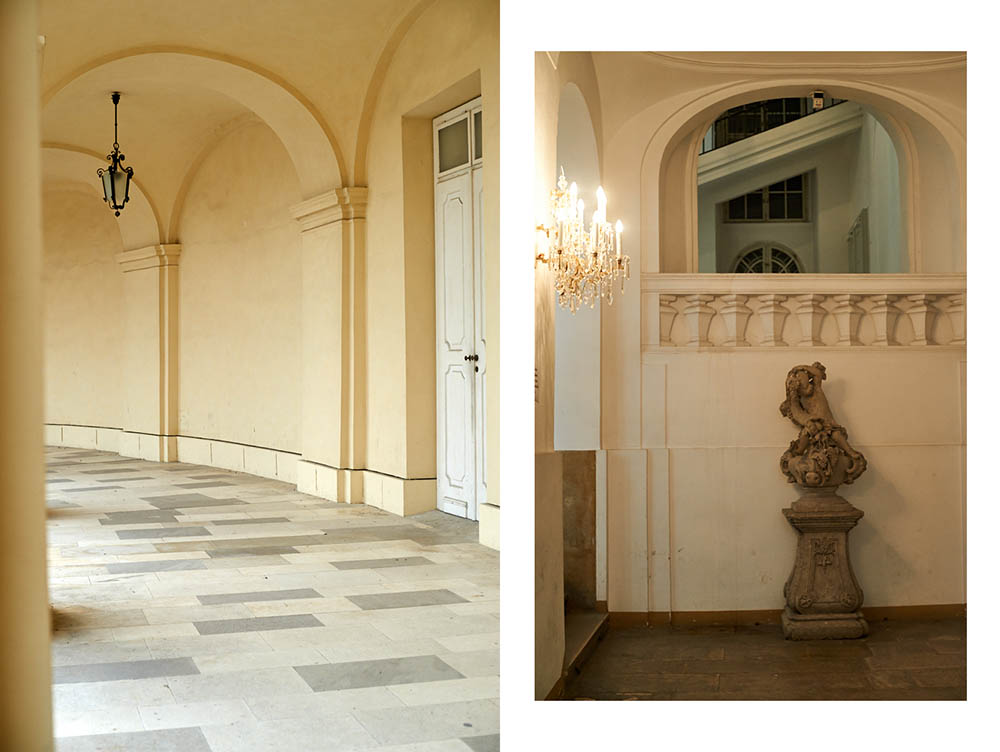
In 1745 Maria Theresia commissioned Nicolò Pacassi to built an imperial theatre in one the palace wings of Schönbrunn, one of the very first European palace theatres. The Schloßtheater Schönbrunn opened on 4 October 1747.
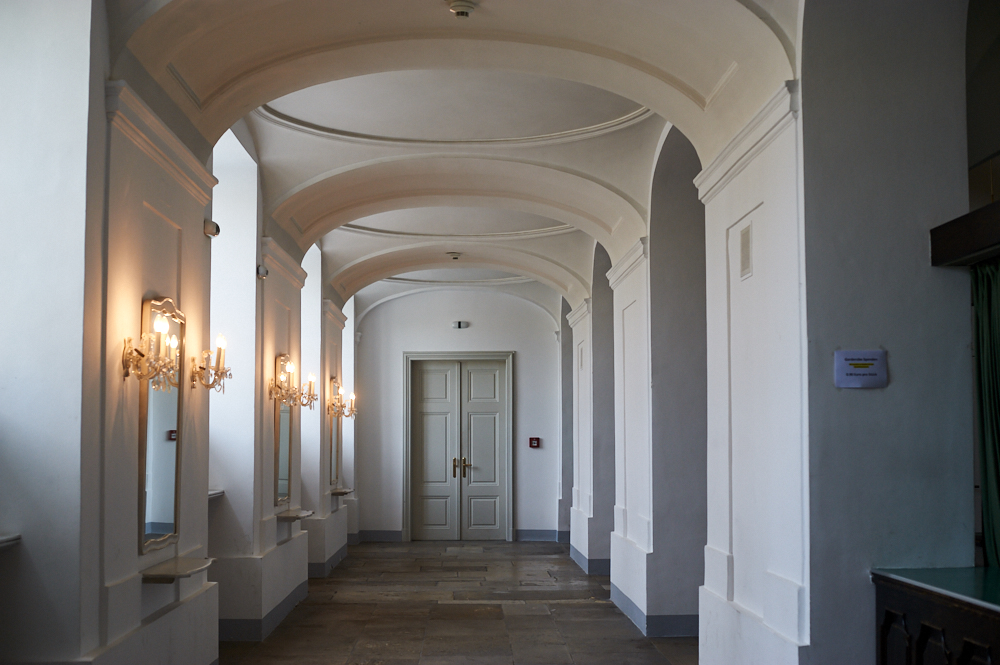
After a few centuries of lively performances, the theatre was used as storage for furniture before World War I. The imperial belongings were stolen in 1919 and plays were again performed during the summer by the Burgtheater, directed by Albert Heine, until 1924. In 1929 the theatre was given to the Max Reinhardt seminar as rehearsal stage.
Today the seminar and the opera department of the Universität für Musik use the Schloßtheater for their student’s plays and productions.
